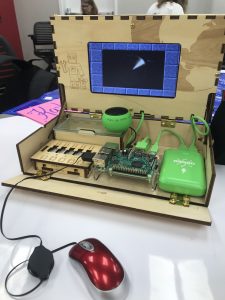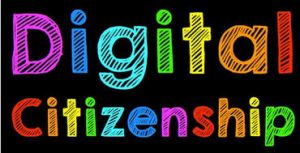
In the beginning of the week, my instructor to my Introduction to Educational Technology teacher asked our class, “What is digital citizenship?” With no hesitation at all, the class recalled our third grade definition of being a good citizen online. Before this class, I was confident that being a good citizen online meant no online bullying and that everyone has an equal opportunity to access technology. Turns out that is not the case at all. Digital equity is actually the correct definition for ensuring that every student has equal access/opportunities to use technology and the Internet. (A great article about what you need to know about digital equity is linked here!) While on the other hand, digital citizenship is not digital equity. Digital citizenship doesn’t just involve motives against harassment online, but rather encompasses multiple guidelines that makes sure people, and specifically students in this case, are safe online.
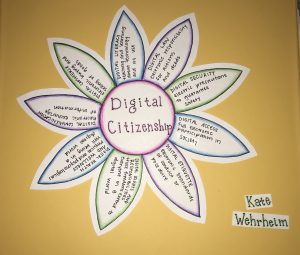 Considering our class schedule was messed up due to the hurricane, we had no time to spare when going through the content for digital citizenship. Despite being so scarce for time, this week’s lesson on digital citizenship easily got through to me. Our goal in class was to investigate aspects of internet safety along with entering into a critical dialogue about some pressing issues for classrooms that use technology. The main class activity that helped me to understand how critical internet safety is and could be in the future, was the group evaluations of internet safety programs. The safety programed that my group examined was FBI Safe Online Surfing (It is linked to the site in case you want to check it out for yourself !! 😊 ).
Considering our class schedule was messed up due to the hurricane, we had no time to spare when going through the content for digital citizenship. Despite being so scarce for time, this week’s lesson on digital citizenship easily got through to me. Our goal in class was to investigate aspects of internet safety along with entering into a critical dialogue about some pressing issues for classrooms that use technology. The main class activity that helped me to understand how critical internet safety is and could be in the future, was the group evaluations of internet safety programs. The safety programed that my group examined was FBI Safe Online Surfing (It is linked to the site in case you want to check it out for yourself !! 😊 ). 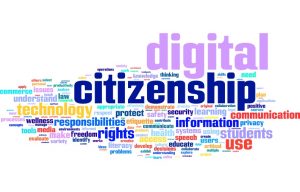
This program not only went over digital citizenship and it importance in great detail, but there was different levels for grade levels third through eighth. Within one grade level on the website, there were ten mini level games that focused on a certain internet safety topic such as risks of technology, protecting ones identity and so on. I tested this website at a third grade level while Matt tested it at an eight grade level. The greater the grade level the more difficult the levels are. My questions primarily focused on simple internet terms, and stranger danger. Compared to Matt’s experience at an eighth grade level where there was advanced terminology along with harder concepts to grasp like citations, word processing, and use of multimedia.
Another site like FBI Safe Online Surfing in the classroom: Beinternetawesome.withgoogle.com
I found using website like the one above to be very resourceful in education because using technology to further learning can help students appreciate the capabilities of the digital age. One major factor mentioned in the digital citizenship guidelines is a students’ digital footprint. It is important to make our kids aware of being careful about what they post online, because posting the wrong thing can ruin their reputation for a long time. Our students leave a ‘digital footprint’ every time they post online about anything and these decisions do not just go away, they stay there for as long as the internet exists! However this is not supposed to scare students out of using online resources! We can teach our students to safely interact and talk to others online in a cooperative way.

Learning about the impact a student’s digital footprint has on their future, has provided me with a new perspective on how I can do my part in shaping the future. Personally I want to implement these topics into my own lesson plans one day to allow students to learn how using technology properly could have a positive impact on their life. Whether it is teaching them how to combat certain issue around increasing internet use in class or outside of the classroom, I want my future students to feel comfortable with this media. By the time that I am a teacher, I can’t just tell my students this electronic free classroom like today, but rather I need to embrace this technology to create their foundation for the future. Who knows how far advance technology will be by the time I have my classroom. Therefore, until then I will be sure to use all the concepts and principles of Digital Citizenship in my daily life. As a college student, I spend ninety percent of my day on my laptop which means Digital Citizenship should be as important to me as it is for the kids of the future.
Sources:
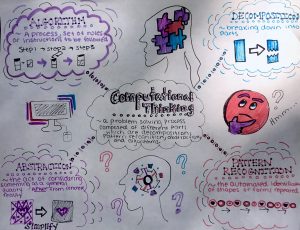
 These
These 